Florence stands as a living museum where the Renaissance breathes through every stone, painting, and piazza. The city center, recognized as a UNESCO World Heritage Site, contains such a concentration of historical treasures that visitors often feel overwhelmed by choices.
For travelers who find themselves captivated by artifacts from centuries past and architectural marvels that have witnessed history unfold, Florence offers endless possibilities. The challenge in this Tuscan capital isn’t finding historical sites—it’s selecting which ones deserve your limited time.
Here is a list of 20 remarkable places in Florence where history enthusiasts can immerse themselves in the city’s extraordinary past.
Uffizi Gallery

This former administrative building, commissioned by Cosimo I de’ Medici in 1560, now houses perhaps the world’s greatest collection of Renaissance art. Works by masters like Botticelli, Raphael, Michelangelo, and da Vinci hang in rooms that themselves represent Renaissance architectural innovation.
The Vasari Corridor, an elevated enclosed passageway connecting the gallery to Palazzo Pitti, serves as a testament to Medici power and their desire to move through the city unseen by common citizens.
Palazzo Vecchio
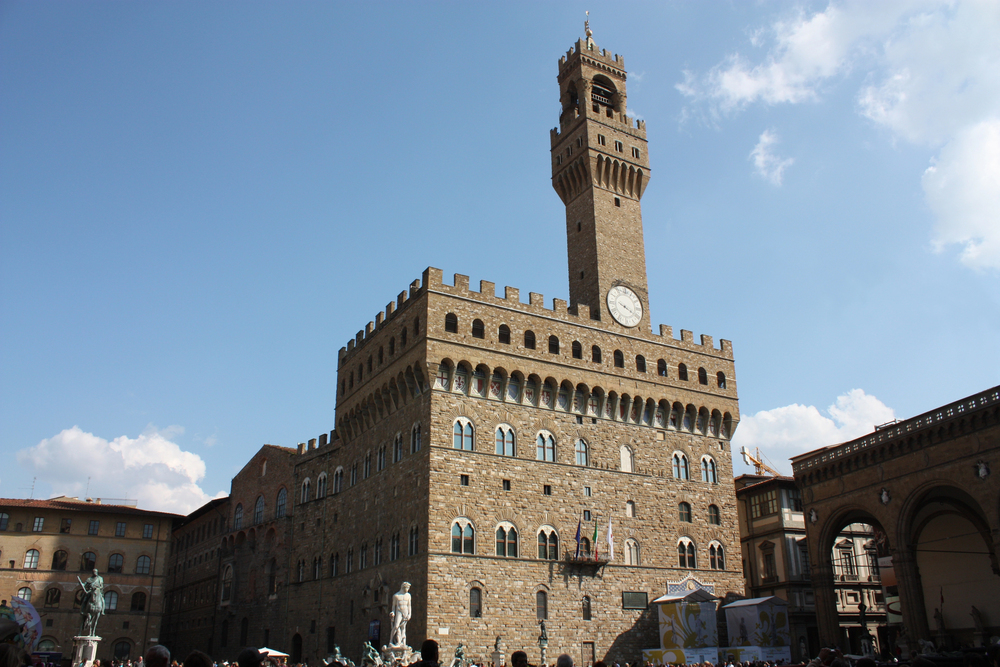
Florence’s town hall, built in 1299, combines medieval fortress architecture with Renaissance interior splendor in a building that has witnessed nearly eight centuries of Florentine political life. The Hall of the Five Hundred, with its massive Vasari frescoes depicting Florentine military victories, presents visitors with both artistic mastery and political propaganda from the 16th century.
Secret passages, hidden chambers, and a Roman theater excavated beneath the foundation reveal historical layers spanning over two millennia of continuous occupation.
Like Travel Pug’s content? Follow us on MSN.
Duomo Complex

Brunelleschi’s engineering marvel—the massive red-tiled dome that dominates Florence’s skyline—represents perhaps the greatest architectural achievement of the Renaissance, completed in 1436 without modern equipment. The adjacent Giotto’s Campanile (bell tower) and Baptistry, with its famous gilded bronze doors (Ghiberti’s “Gates of Paradise”), form a complex that took over 140 years to complete.
The Museo dell’Opera del Duomo contains original sculptures and architectural elements removed from the cathedral for preservation, including Michelangelo’s hauntingly unfinished Pietà.
Ponte Vecchio
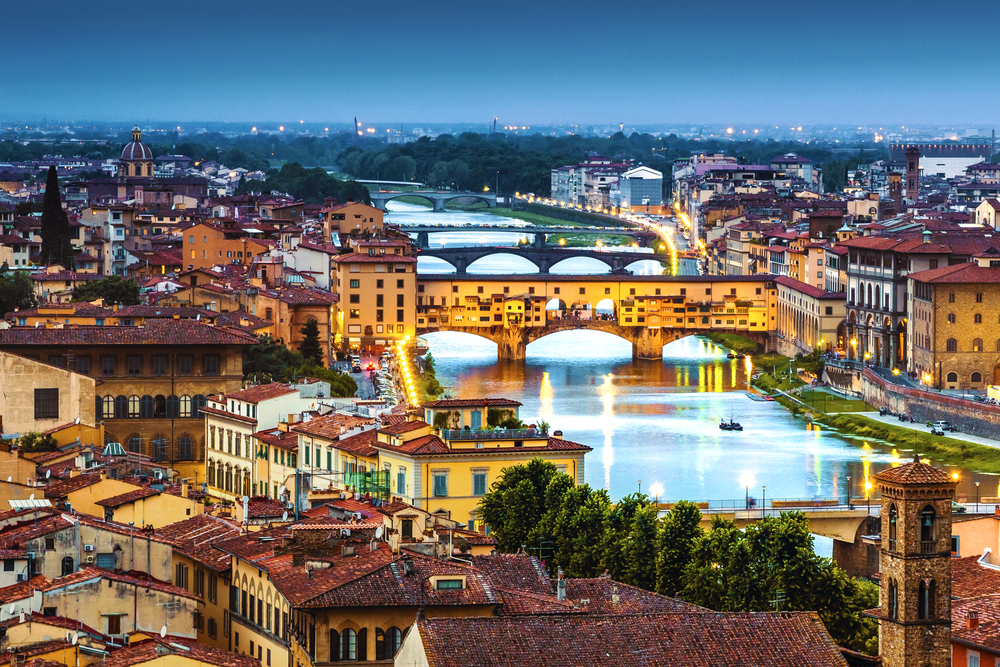
The only Florentine bridge to survive World War II stands much as it appeared in medieval times, with the exception of the Vasari Corridor running along its upper level. Originally hosting butchers and tanners who used the river for waste disposal, the bridge received an upgrade in 1593 when Grand Duke Ferdinand I decreed that only goldsmiths and jewelers could operate there to improve the experience of crossing.
The bridge’s weathered stone arches and overhanging shops transport visitors to an era when rivers served as both transportation arteries and commercial centers.
Medici Chapels
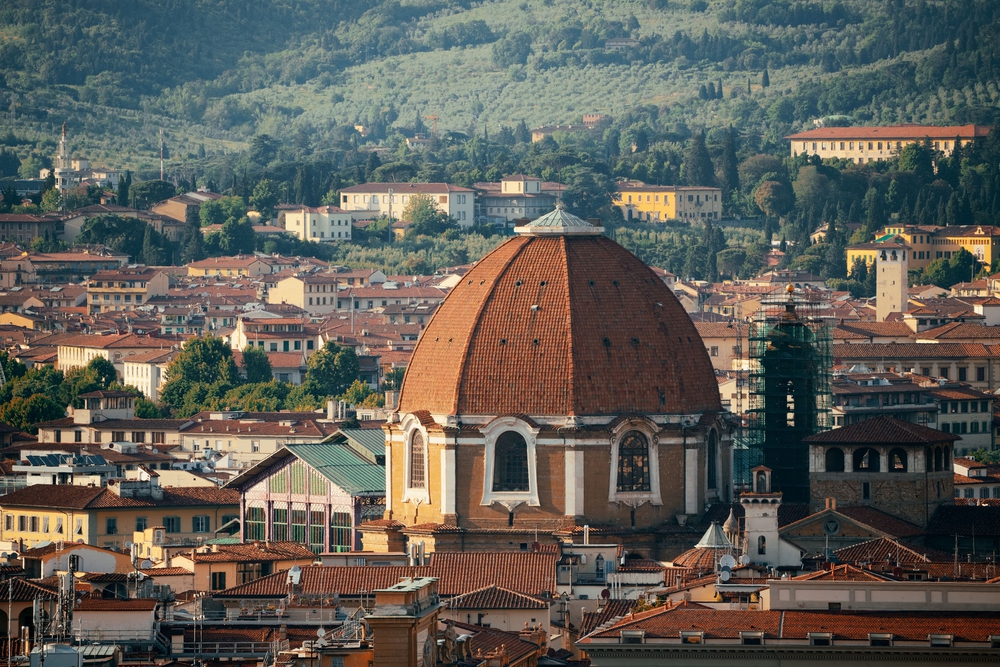
The Medici family’s private mausoleum attached to the San Lorenzo Church contains Michelangelo’s architectural designs and sculptures created for his patrons’ final resting place. The New Sacristy houses the artist’s sculptures of Dawn, Dusk, Night, and Day adorning the tombs of Lorenzo and Giuliano de’ Medici, representing some of Michelangelo’s most personally meaningful work.
The octagonal Chapel of the Princes, lined with semi-precious stones and marble, demonstrates the Medici’s continuing ambition to impress even from beyond the grave.
Like Travel Pug’s content? Follow us on MSN.
Bargello Museum
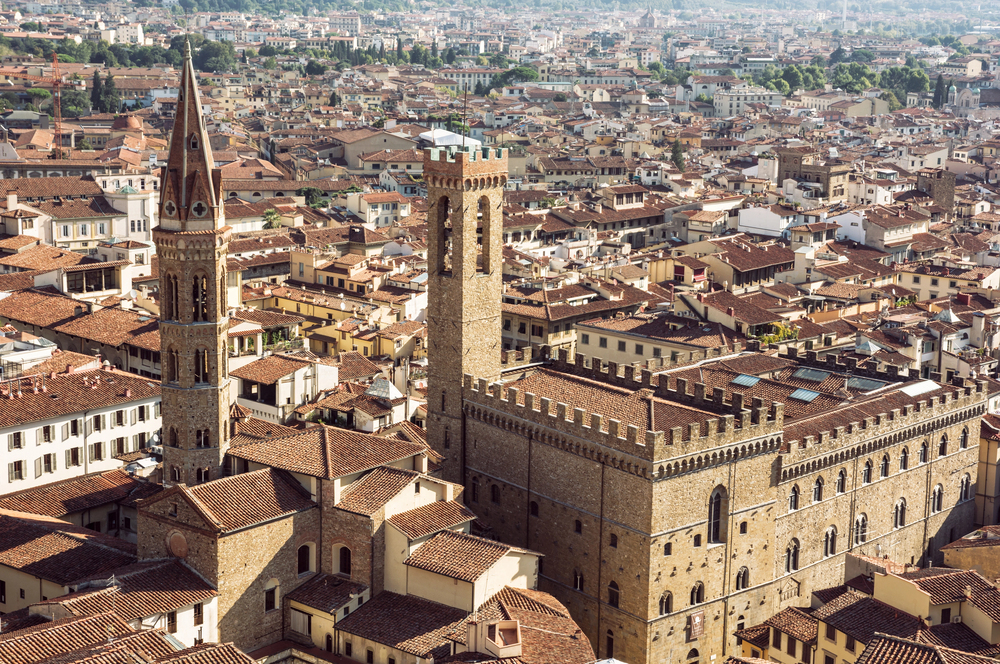
This former barracks and prison, dating to 1255, houses Italy’s premier collection of Renaissance sculpture in a setting that preserves medieval judicial architecture. Works by Donatello, Michelangelo, and Cellini occupy rooms where prisoners once awaited judgment, creating a compelling juxtaposition between institutional severity and artistic transcendence.
The building’s fortress-like exterior contrasts with its elegant courtyard, reflecting the dual nature of Renaissance Florence as both a center of artistic achievement and political intrigue.
Palazzo Pitti

This massive palace, originally built for banker Luca Pitti but later acquired by the Medici, houses multiple museums containing treasures from various periods of Florentine history. The Palatine Gallery displays paintings in the traditional salon style of the period rather than modern gallery style, allowing visitors to experience art as the Medici would have.
The royal apartments preserve interiors from both the Medici and Savoy periods, while the attached Boboli Gardens demonstrate evolving landscape design across four centuries.
Santa Croce Basilica
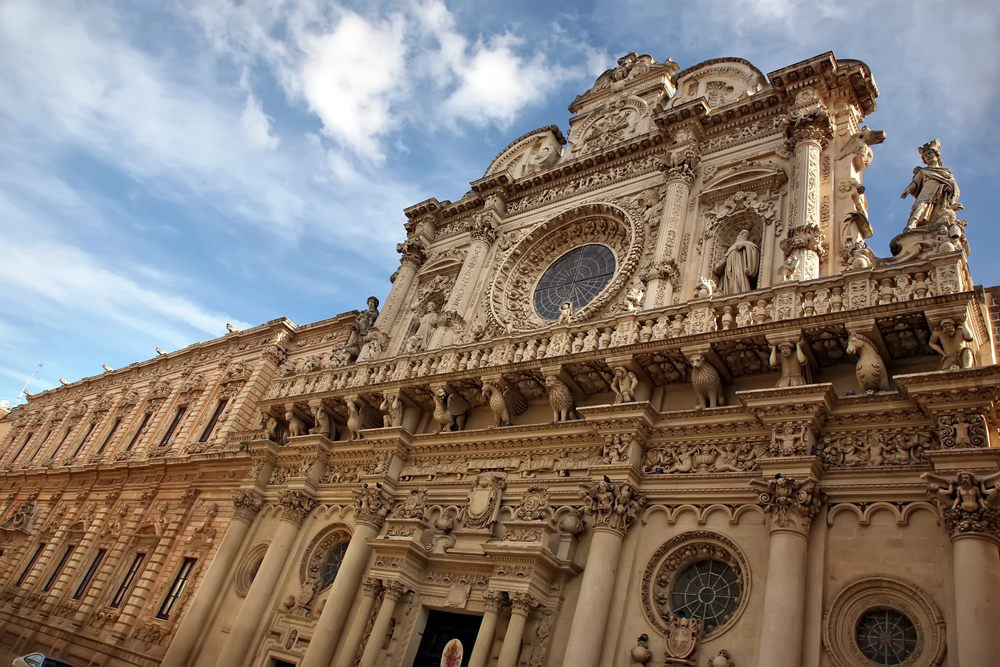
This Franciscan church serves as Florence’s Westminster Abbey, containing tombs and monuments honoring historical figures, including Michelangelo, Galileo, Machiavelli, and Rossini. The Pazzi Chapel, designed by Brunelleschi, represents one of the most harmonious examples of Renaissance architectural proportion and mathematical precision.
The basilica’s frescoes by Giotto influenced generations of painters, while flood damage markers from 1966 remind visitors of the continuing challenges in preserving Florence’s historical treasures.
Like Travel Pug’s content? Follow us on MSN.
Galileo Museum
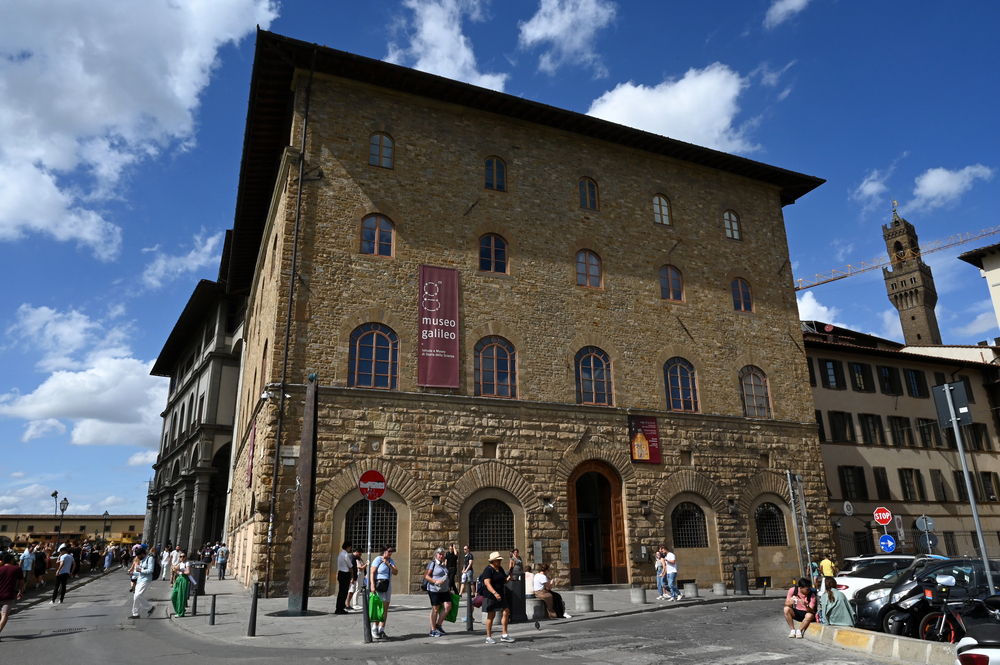
Housed in a 12th-century palace, this collection preserves scientific instruments spanning from the Renaissance through the Enlightenment, including two of Galileo’s actual telescopes. The museum’s armillary spheres, astrolabes, and mechanical models demonstrate how scientific understanding evolved through technological innovation and increasingly precise measurement.
Galileo’s finger, preserved in a reliquary-like glass vessel, serves as a somewhat macabre reminder of how the scientific pioneer faced religious persecution despite his contributions to human knowledge.
San Marco Museum

This former Dominican monastery contains the largest collection of Fra Angelico frescoes in the world, including works painted directly on the walls of monks’ cells between 1438 and 1445. The simple, contemplative spaces offer a glimpse into monastic life during the Renaissance, with each small room containing a window, desk, and devotional fresco.
Savonarola’s austere cell preserves the memory of the fiery preacher who briefly transformed Florence into a theocratic republic before his execution in Piazza della Signoria.
Santa Maria Novella
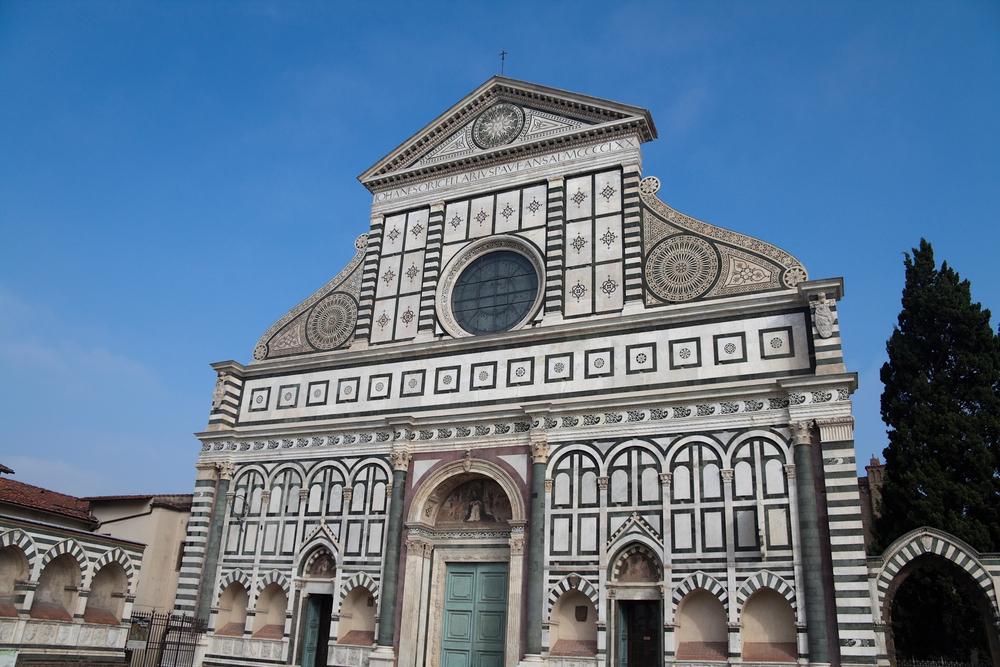
This Dominican church features a marble façade completed in 1470 that demonstrates Leon Battista Alberti’s revolutionary application of mathematical proportion to architectural design. Inside, Masaccio’s Trinity fresco (1427) features the first accurate use of linear perspective in Western art, creating the illusion of a chapel receding into the wall.
The adjacent pharmacy, operating since the 13th century, continues to produce herbal remedies and perfumes using traditional methods and Renaissance-era recipes.
Like Travel Pug’s content? Follow us on MSN.
Accademia Gallery
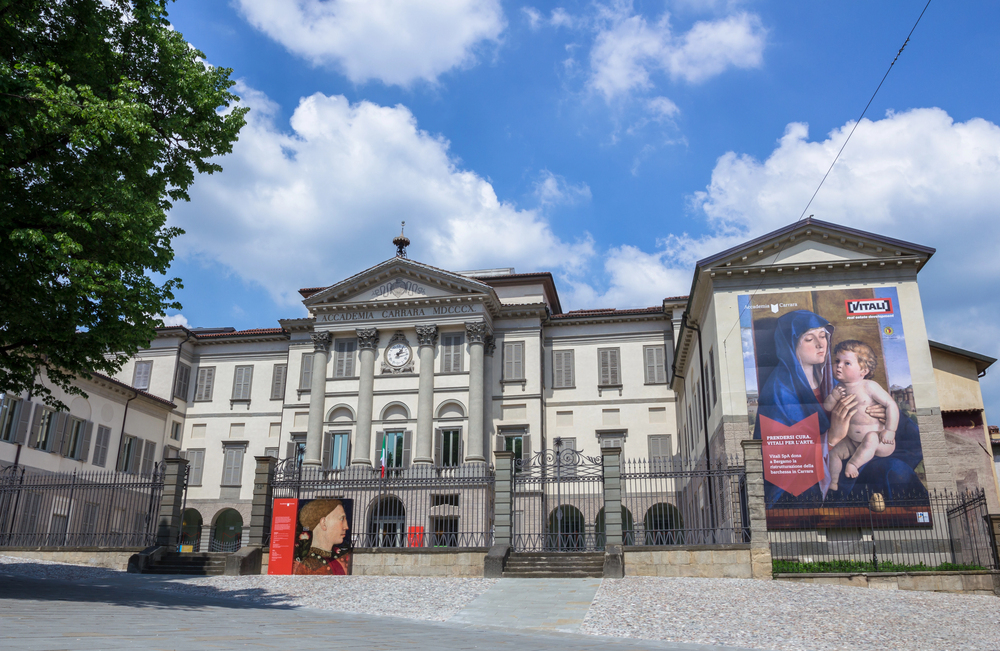
Built specifically to house Michelangelo’s David after its removal from Piazza della Signoria in 1873, this museum allows visitors to appreciate the 17-foot marble masterpiece in a space designed to showcase its perfection. The Hall of Colossus displays the artist’s unfinished “Prisoners” sculptures, with figures appearing to struggle to emerge from raw marble blocks.
The museum’s musical instrument collection includes early versions of the piano, invented in Florence by Bartolomeo Cristofori around 1700.
Archaeological Museum

This often-overlooked museum houses one of Italy’s finest Etruscan collections, including the Chimera of Arezzo bronze sculpture dating to approximately 400 BCE. The Egyptian section, second in Italy only to Turin’s collection, originated from excavations sponsored by the Grand Dukes of Tuscany in the 18th century.
The museum’s garden contains a reconstruction of an Etruscan tomb, providing context for understanding the civilization that preceded Roman influence in Tuscany.
Laurentian Library
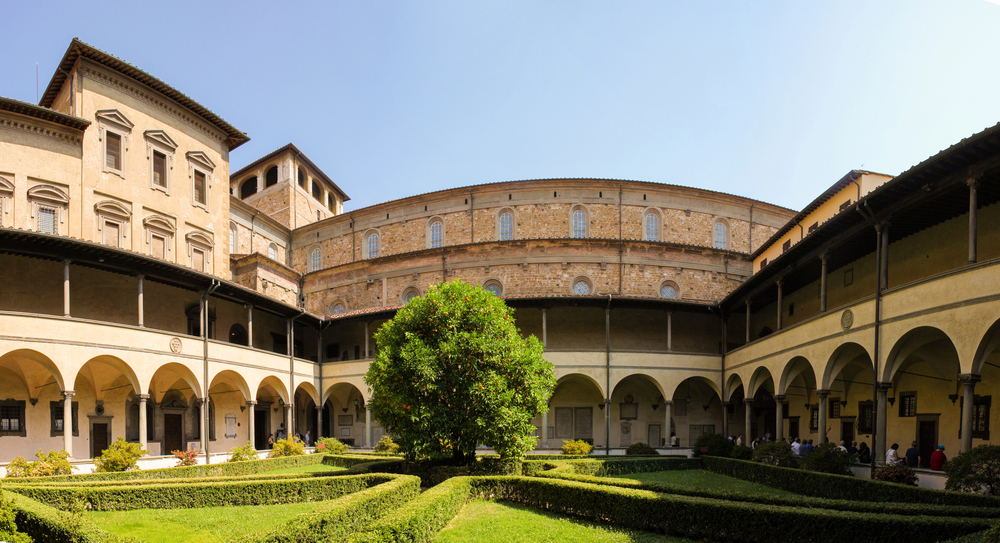
Designed by Michelangelo for the Medici Pope Clement VII, this unique library space demonstrates the artist’s radical approach to architectural elements. The entrance staircase, with its cascading steps and compressed columns embedded in walls, creates a deliberately unsettling transition into the reading room.
The reading room itself, with its distinctive windows, floor patterns, and reading desks, was designed to house the Medici manuscript collection, which formed the foundation of one of Europe’s most important Renaissance libraries.
Like Travel Pug’s content? Follow us on MSN.
Davanzati Palace

This meticulously preserved merchant’s residence from the 14th century provides rare insight into the domestic life of wealthy Florentine families before the Renaissance transformation of private architecture. Original kitchen equipment, bedroom furnishings, and decorative elements recreate living conditions from everyday medieval life rather than focusing on grand historical events.
The painted wall decorations, featuring imitation tapestries and heraldic motifs, demonstrate how middle-class homes imitated aristocratic fashions within their financial means.
Spedale degli Innocenti

Designed by Brunelleschi in 1419, this former orphanage represents the first truly Renaissance building and established architectural principles that would influence structures throughout Europe. The loggia’s perfectly proportioned arches and columns demonstrate the architect’s application of mathematical order to create visual harmony.
The small museum contains terracotta medallions by Andrea della Robbia depicting infants in swaddling clothes, symbolizing the building’s original purpose as a foundling hospital that operated from 1445 to the 20th century.
Brancacci Chapel
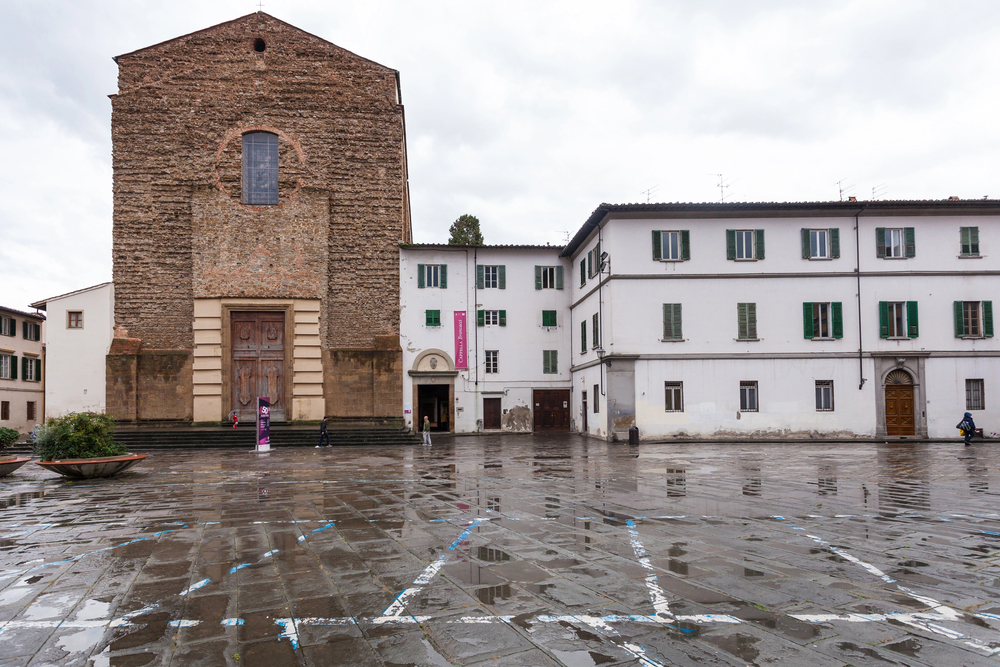
Located within Santa Maria del Carmine church, this small chapel contains frescoes by Masaccio that revolutionized Western painting through their naturalistic human figures and emotional expressiveness. The “Expulsion from Eden” scene, with its anatomically accurate nude figures expressing profound shame and grief, broke decisively with the decorative Gothic style that preceded it.
The chapel’s preservation provides insight into early Renaissance painting techniques, with work begun by Masolino, continued by Masaccio, and completed by Filippino Lippi decades later.
Like Travel Pug’s content? Follow us on MSN.
Palazzo Strozzi

This massive Renaissance palace, commissioned by Filippo Strozzi in 1489 to rival Medici residences, demonstrates how architecture expressed power and social position in 15th-century Florence. The perfectly symmetrical façade, with its gradually lightening rusticated stonework ascending three stories, established patterns for palace design throughout Italy and beyond.
The interior courtyard’s columns and arches create a sense of open space while maintaining the security needed in a city known for factional violence.
Dante’s House
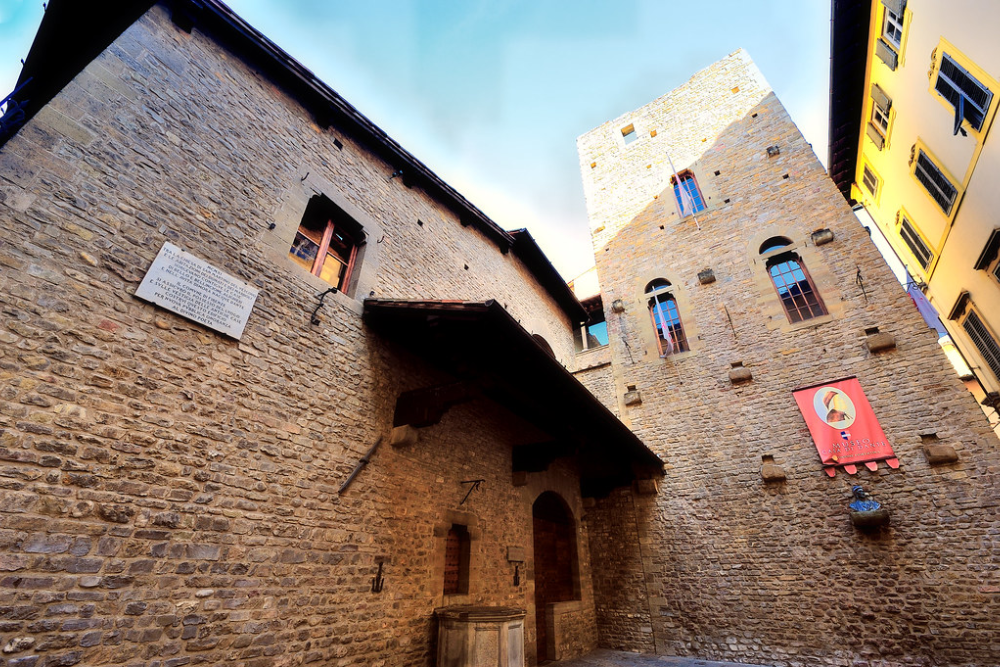
This reconstructed medieval tower house near the church where Dante Alighieri first saw his beloved Beatrice provides context for understanding daily life during the poet’s time in late 13th-century Florence. Though largely reconstructed, the building’s narrow proportions and vertical arrangement of rooms reflect authentic medieval urban design constraints.
Documents, period furniture, and art related to the Divine Comedy help visitors connect physical Florence to the literary landscape that has influenced Western culture for seven centuries.
Oltrarno District
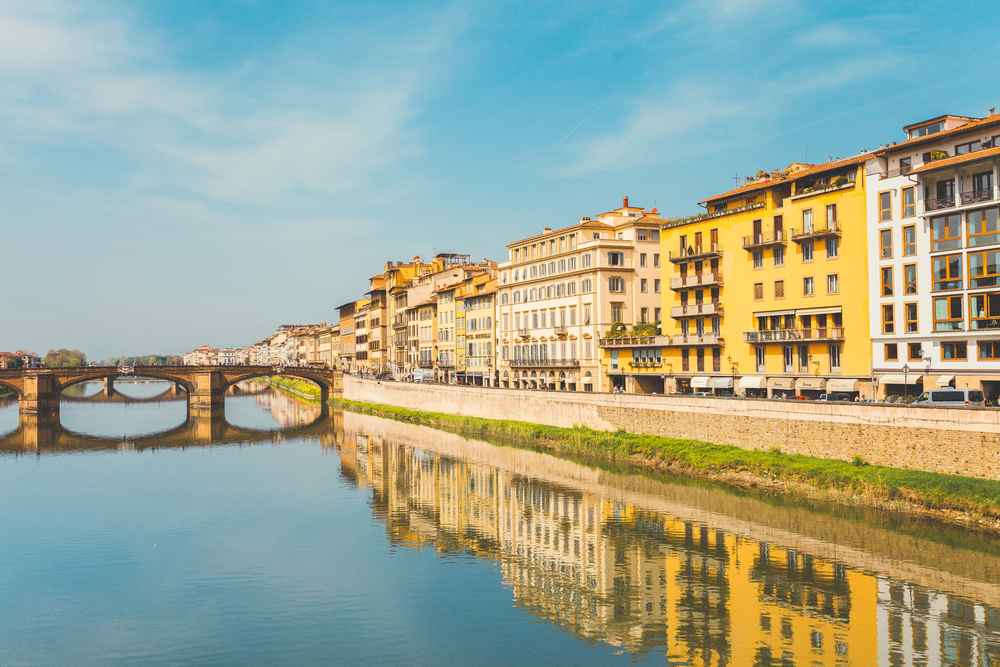
Crossing the Arno to Florence’s less-touristed southern bank rewards history enthusiasts with workshops continuing Renaissance craft traditions and buildings that retain their medieval and early Renaissance character. The Santo Spirito Basilica, designed by Brunelleschi with a focus on mathematical harmony, stands as the district’s crowning achievement.
Narrow streets around Piazza del Carmine preserve the atmosphere of artisan Florence, with workshops producing handmade paper, leather goods, and restored furniture using techniques passed through generations.
Like Travel Pug’s content? Follow us on MSN.
The Time Traveler’s Paradise
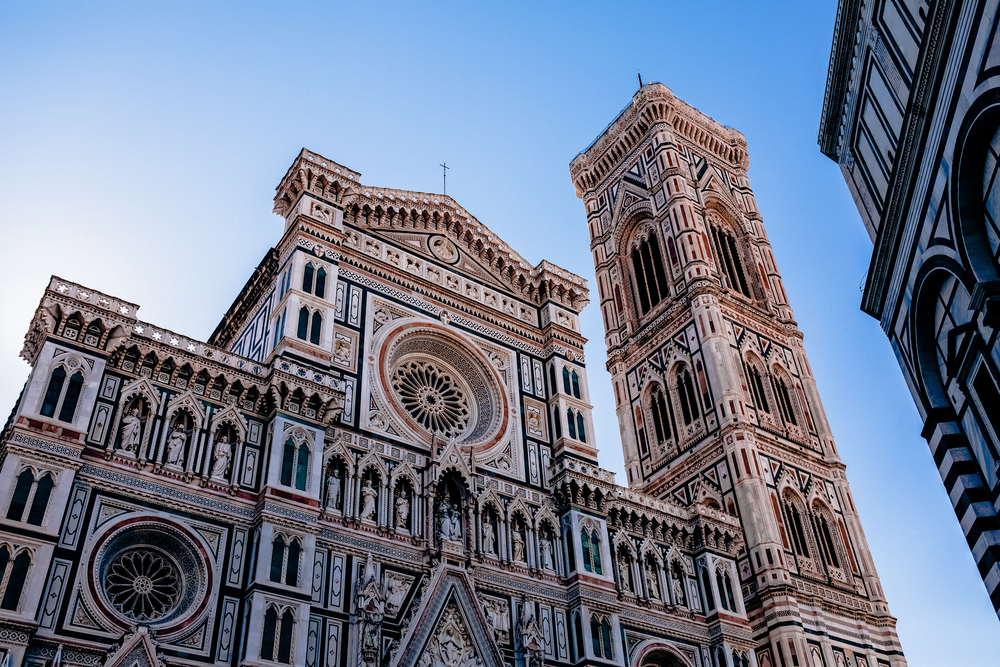
Florence offers something increasingly rare in our rapidly changing world—the opportunity to experience physical spaces that have remained fundamentally unchanged for centuries. These twenty locations allow visitors to trace the evolution of art, architecture, science, and daily life across multiple eras, from Etruscan settlements through the height of Renaissance innovation and beyond.
The city’s remarkable concentration of historical treasures creates a unique environment where visitors can move chronologically through centuries simply by walking a few blocks. For those who find wonder in objects and spaces with stories to tell, Florence remains unmatched—a city where the past isn’t cordoned off in isolated museums but remains integrated into the living urban fabric, allowing history enthusiasts to quite literally walk in the footsteps of Dante, Michelangelo, and the Medici.
More from Travel Pug

- Cities Growing so Fast You Won’t Recognize Them in 10 Years
- 13 Destinations Where Tourists Regularly Regret Their Trip
- 20 Obscure WWII Sites Even History Buffs Don’t Know About
- 10 Under-the-Radar Mountain Towns That Are Both Affordable and Beautiful
- Remote Villages in Europe Where You Can Live for Free in Exchange for Work
Like Travel Pug’s content? Follow us on MSN.
